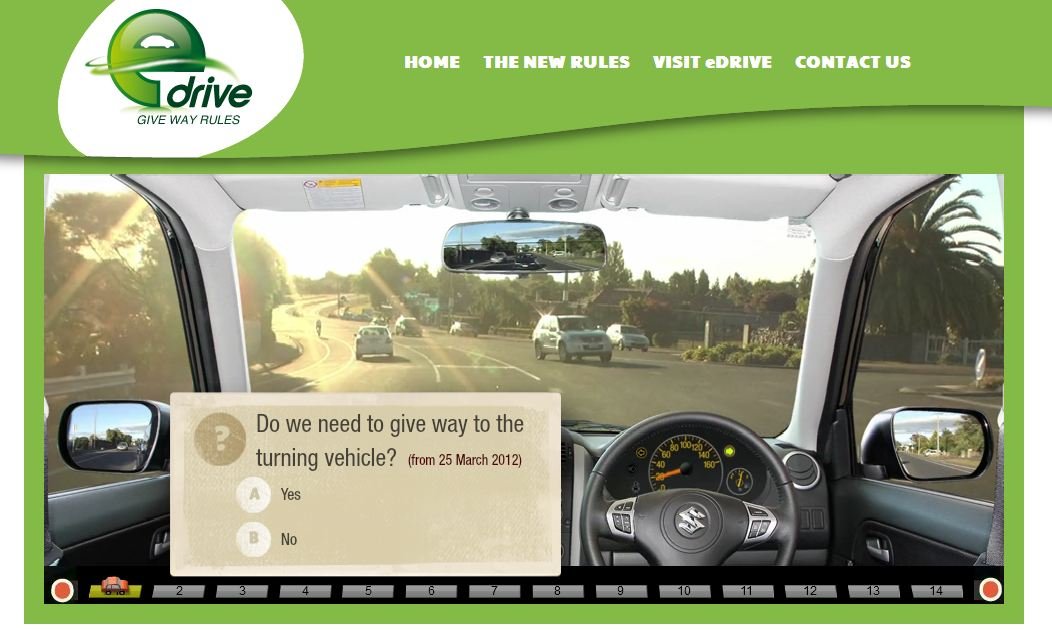Making the new give-way rule changes interactive

Here's a new way to learn the changes to our road rules that take effect on March 25. It's smart, interactive and fun, as Courtney Sit reports.
In just under two weeks, the give-way rule changes in New Zealand's Road Code will come into play. It means that we will have the same rules as most other countries but what does it mean for those who are already used to the current rules?As we start counting down to the change, we have started to see some how the New Zealand Transport Agency (NZTA) is aiming to educate the driving population on how the changes will affect drivers. Just like the Road Code, these are in the form of static illustrations using coloured cars and viewing them, we have to determine which car should give way to whom.I have found these pictures very confusing and that I didn't quite understand them until I was behind the steering wheel and actually having to think about it as I was driving. If you are like me and find that you learn from visual cues, you might find e-Drive's interactive site for the give-way rules a little more easier to learn from.The module is sponsored by BP and provides 14 different scenarios of the give way rules in seven situations. They provide a simulation of how you would approach certain intersections, turning either left or right. The best feature of all is that it is a mix of simulation and filming made on actual New Zealand roads. It also includes driving around at night and scenarios when cyclists are involved. The system makes it simple to understand and if you get a question wrong, you are able to return to it and start again.The filming also includes the views of the rear vision mirrors to help make it feel like you're driving an actual car. The speedometer also moves (but probably at slower speeds than you might be used too.My only complaint is that the scenarios aren't randomised. For one situation you are asked the question for either the vehicle turning right or the vehicle turning left, making it slightly easier to start guessing the answer. I believe that a slightly more random approach would encourage people to start having to think before answering.Overall, the concept is smart, simple to undertake and easy to understand. I am glad there is a system like this because I can honestly say that after completing it, I do feel a little more confident about driving after March 25 - just so long as no else drives into me.

